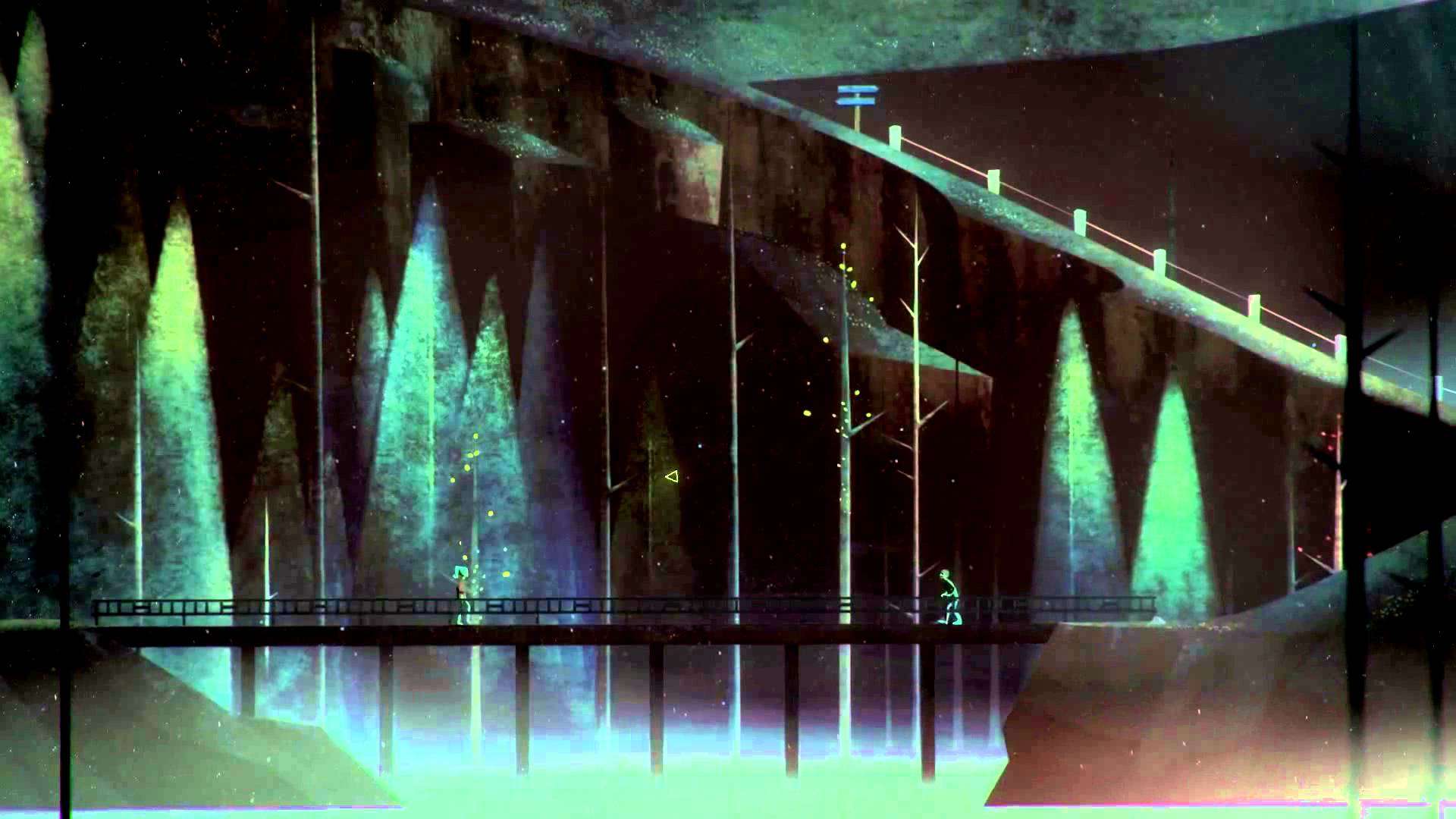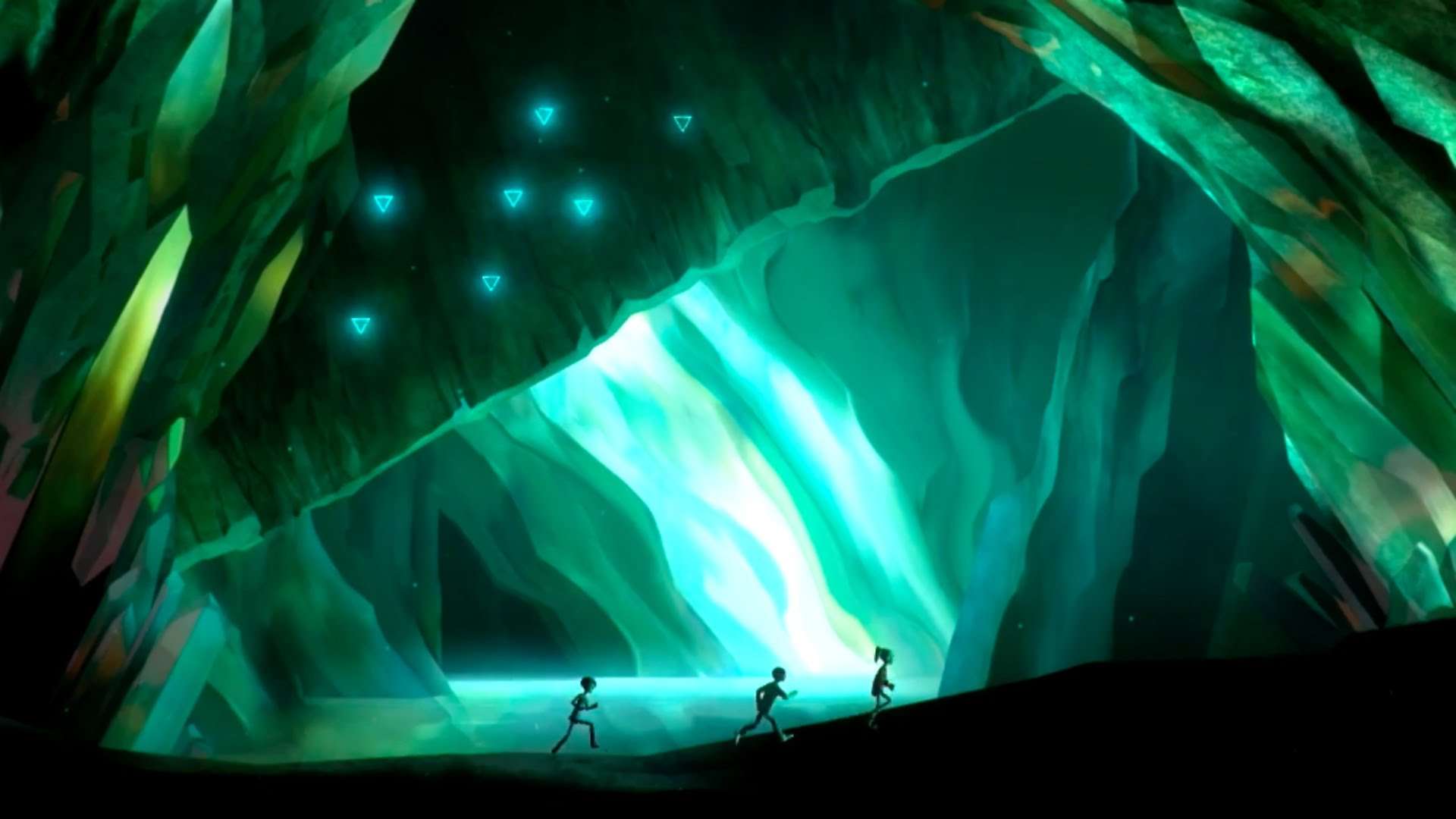
Oxenfree Switch Review
Oxenfree is very much of a kindred soul to 2015’s Until Dawn. The core premise of the two is much the same – both seeing a group of young adults congregate in an idyllic location with a fervent belief nothing could possibly go wrong. Predictably, neither outing goes as planned. Once you dig a bit deeper the differences between the two grows more apparent; not just conceptually but in terms of content too. Whereas Until Dawn reveled in the tropes of slasher horror; Oxenfree goes down a story-driven supernatural route. It is more akin to an episode of your favourite supernatural drama than something you’d see on the big screen. Much time is spent laying groundwork, and characters are allowed to flesh out their roles, letting you grow to care about their existence, before the bad stuff happens. Yeah, bad stuff happens.
Oxenfree is best described as an Adventure game. Despite it’s 2D presentation I feel it has more in common with the newer takes on the genre (that rose to prominence earlier this decade), than the Lucasarts and Sierra classics that wowed during the 90s. As is the norm for the continually developing genre Oxenfree’s story leads down a set path offering players important choices along the way.
What sets Oxenfree apart is the effort made to uncomplicate the act of decision making. Whilst other games shine a light on choices – with timers and tense music – Oxenfree lets players make decisions naturally. The snappy dialogue comes quick and fast, with players forced into instinctive split second decisions. As a result more natural choices can be made. Oxenfree succeeds at letting its players experience the story as it develops – rather than forcing them to continually ruminate in an effort to force the best outcome for all involved. It’s not a huge difference but it is the key change that sets the game apart from its peers.
The game is packed with spoken dialogue with great conversational flow. The constant chatter ranges from meaningful monologues to meaningless back and forth banter. It is a very active game, and, because of the constant chatter, you get the feeling anything can happen at any time. It’s hard to describe the dialogue style used; other than saying it’s always in the ballpark of phrases an actual human would say. Sure, the characters are informing you of where to go, and what to do next, but you never get a nagging feeling you’ve just been given a quest you must follow. You are a group of friends talking things over. Taking a look at the credits the name Erin Yvette stood out to me. I’ve played a hell of a lot of Telltale games in recent years, and she has appeared in almost all of them. She does a great job here – everyone does to be honest.
Oxenfree could be classed as a horror game, but it’s not one to make you jump. Instead it excels at making you feel uneasy, and in turn it’s pretty good at unnerving its players. I really appreciate when games can nail this mood without using gross content – and Oxenfree passes that test. The few jumps mainly come from various audiovisual tricks. Sometimes the screen flashes like a broadcast is been interrupted, and other times the edges of the screen will be distorted – much like an overused VHS tape.
Although it delves into the supernatural Oxenfree is a grounded game that continually shows respect for it’s characters. They are not just pawns to play with and toss aside for a cheap shock. There are five main characters in total – three girls and two guys – all of which you’ll learn about in-depth during the game’s 5 hourish run. You play as Alex. Her closest acquaintance on the island is Jonas – her new step-brother. Both are still trying to get a feel for each other’s personality. The rest are a mix of friends, and friends of friends. Clarissa is the only character that seems somewhat forced, as she initially appears to be a huge dick of a person. No matter what way you try to explain it many of her early comments feel totally unredemptive. But even her bluntness grows to have an endearing side as the game advances.
Whilst the game is light on puzzles there is much rummaging needed to understand the whole story. The main item used to solve these pseudo-puzzles is a radio – an object that may very well be puzzling to most teens anyway. Some are easy to make sense of – simply tuning into the correct frequency to open a locked door. Others are more complex, and are a multistep process. Unless you’ve bothered to learn morse code in your free time some of these extra easter eggs may be lost on many players. Seeing as this Switch release comes long after the initial PC release in early 2016 it’s likely all of the hidden secrets have been discovered many times over already, but if you are new to the game I’m sure decoding them yourself can be quite fulfilling .- -. -.. ..-. ..- -.
Downsides, well there is a few. There are some pacing issues. Initially this does not appear to be a problem as the characters always have something interesting to say to pass the time. The pacing starts to become more of an issue later in the adventure. Near the end game I began to wish my character could run a small percentile faster because of letters! Letters are a type of collectable in the game which have interesting (although optional) information in them. You only gain the ability to find and read these letters during the later moments, but the letters are scattered across the island. If you want to read them all you are forced to trek back through old areas of the game. This hunt basically adds an extra hour worth of content but the hunt for the letters is a bit lifeless. For such a talky game the characters rarely converse with each other for this period, and seeing as the interesting flow of back and forth conversation was what I grew to like about Oxenfree, I found this period of gameplay very lackluster.
Like the letters, the game has a bunch of other secrets if you choose to dig for them. I feel confident in saying people won’t see everything there is to see in one playthrough – as it is quite impossible. Similar to games such as Nier (both of them), Oxenfree asks its players to play a second time to get a better understanding of the overall story. Oxenfree makes a second playthrough feel worthwhile from the get go. There is a lot of new things happening; and the antagonistic part of the story shows its hand much earlier. However, you are still playing through much of the same content again and not everyone is going to like that; even though repetition plays into the core story and its themes,
Like a top-notch episode of a great TV show Oxenfree presents a well told singular story in parallel with interesting mythology. Bar a few pacing issues I thoroughly enjoyed my time with the game – and was enthralled with the narrative for huge swaths of the runtime. Oxenfree is a superb addition to Switch’s growing catalog of indie games. It may not be a title well suited to gaming on the move, but I found that playing curled up on a couch, in a dimly lit room, was an excellent setting to experience the story. Maybe you will too?




